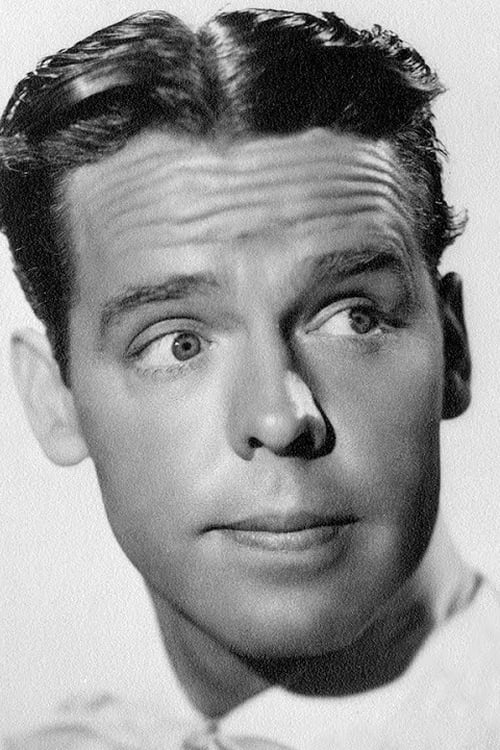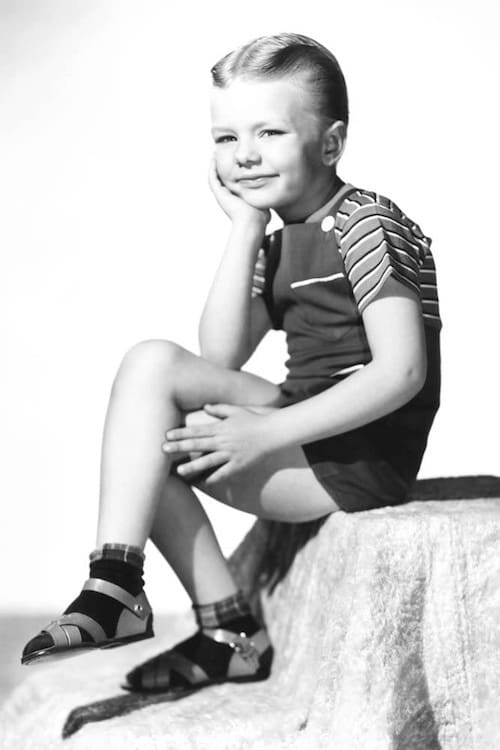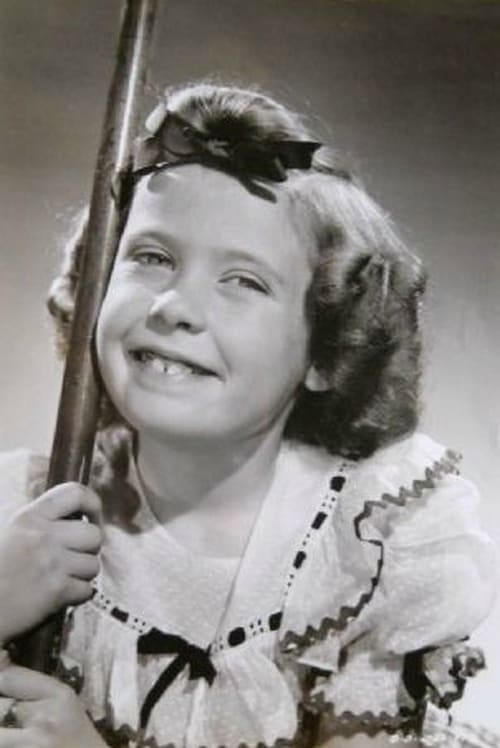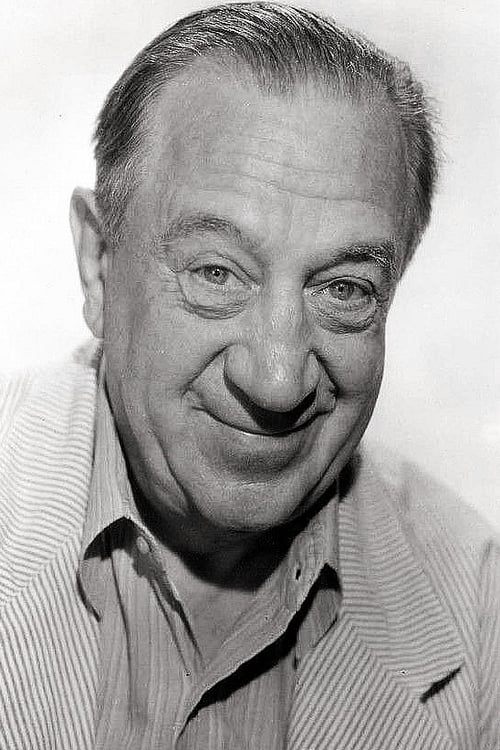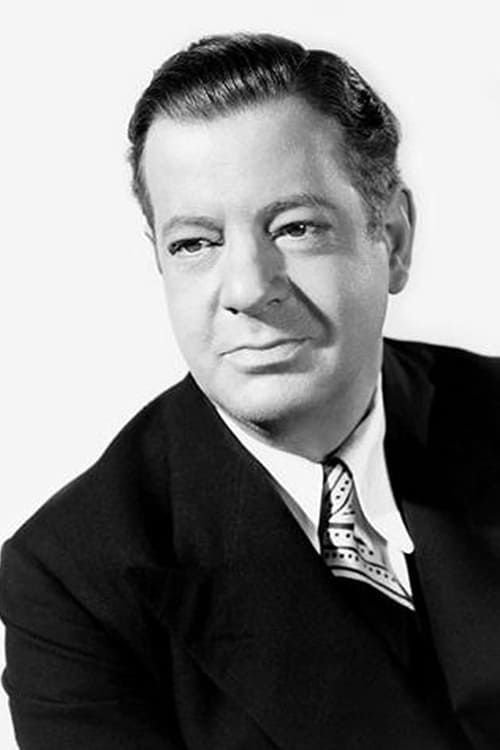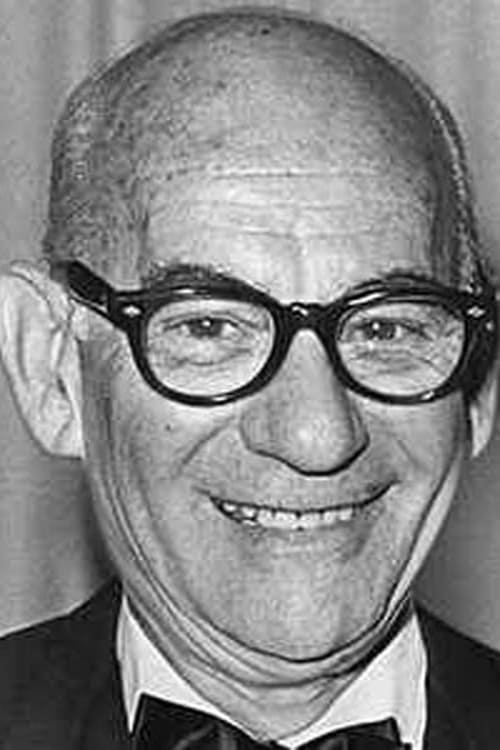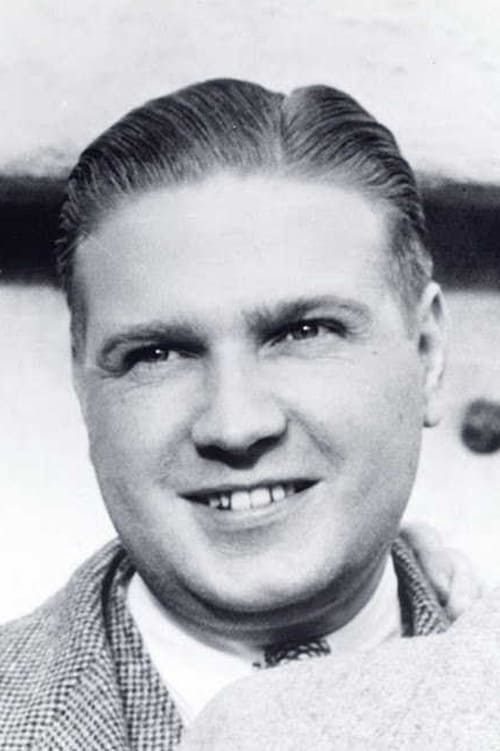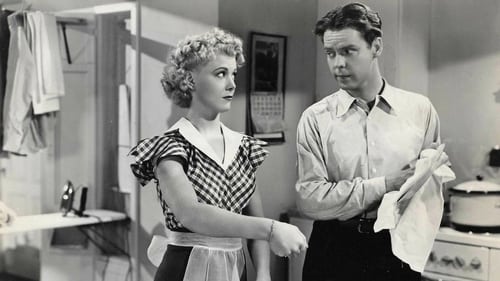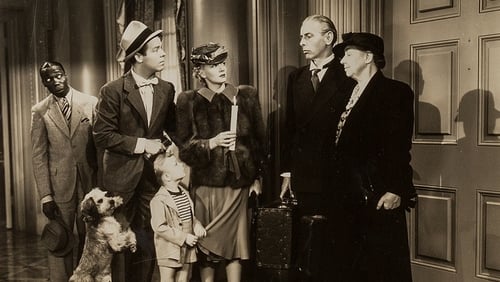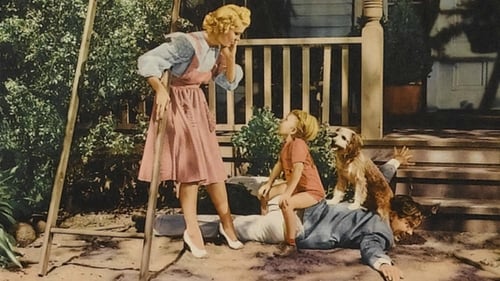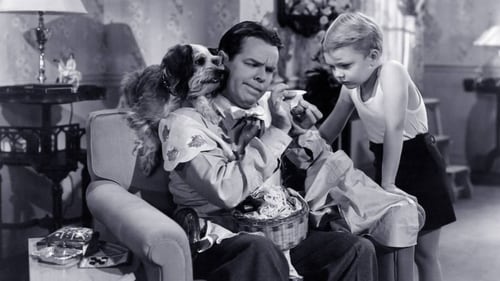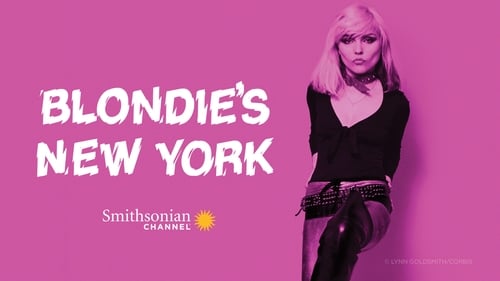It's a Great Life (1943)
Género : Comedia
Tiempo de ejecución : 1H 12M
Director : Frank R. Strayer
Escritor : Karen DeWolf, Connie Lee
Sinopsis
When the profits of their various film series began slumping in the mid-1940s, Columbia Pictures tried to broaden the appeal of these films by disguing the fact that they were indeed series entries. Thus it was that Columbia's 13th "Blondie" picture was shipped out as It's a Great Life. The comic confusion begins when Dagwood Bumstead (Arthur Lake), intending to buy a house, buys a horse instead. Before the film's 75 minutes have run their course, Dagwood gets mixed up in a fox hunt. But Blondie (Penny Singleton) saves the day as usual, with the help of eccentric millionaire Timothy Brewster (Hugh Herbert). After It's a Great Life and #14 "Footlight Glamour", Columbia restored the name "Blondie" to the titles of all subesequent installments in this long-running comedy series.


